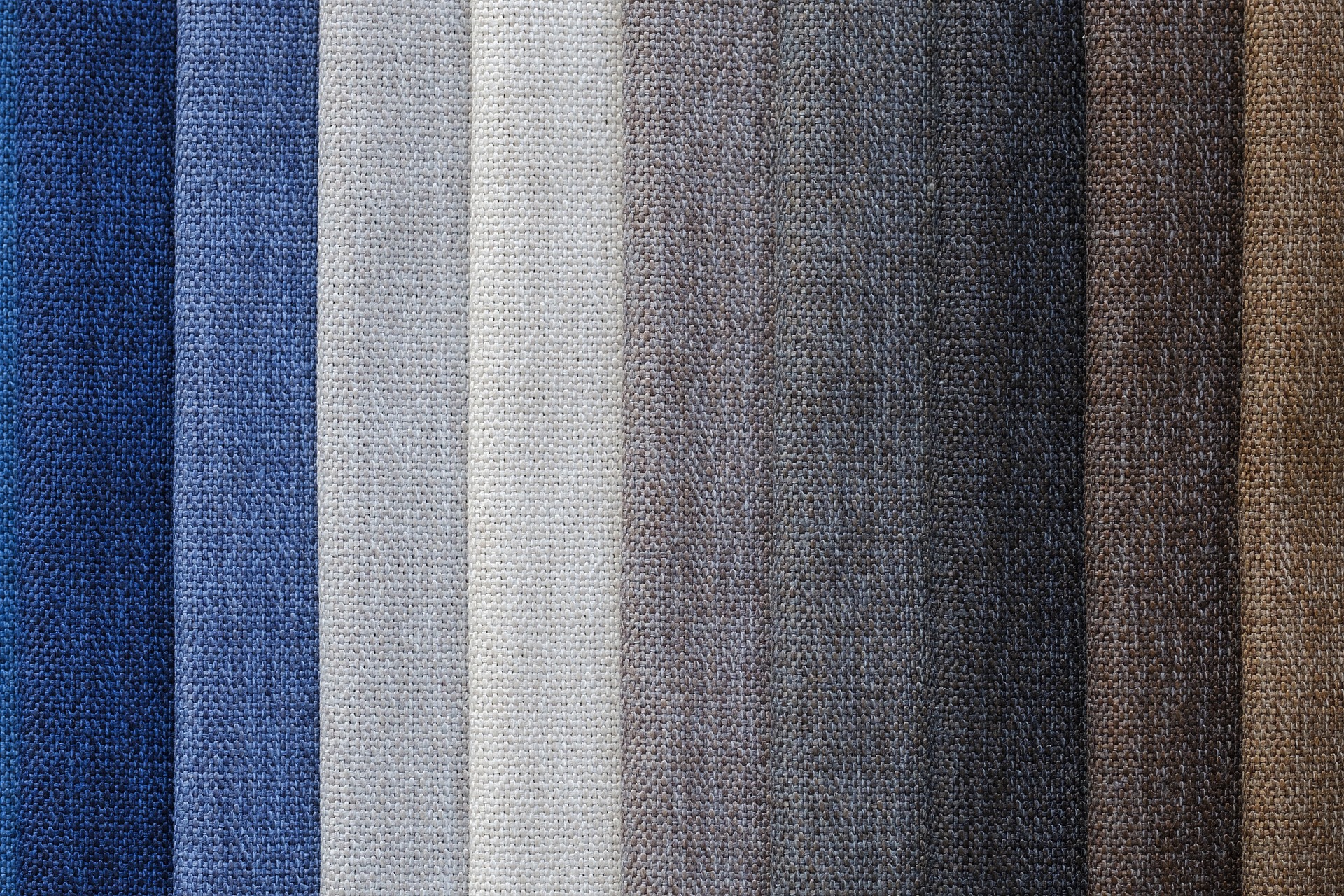
Choose The Right Fabric for your Clothes

When selecting fabric for clothing, various factors such as material, weight, grainline, and thread and yarn count must be considered to ensure both aesthetic appeal and practicality in design. Handlooms in India offer a plethora of options suitable for this purpose, providing a rich tapestry of textures and patterns to choose from. Anuprerna, recognizing the significance of choosing the right fabric for clothing, emphasizes the importance of quality and craftsmanship in fabric selection. By offering a curated selection of handloom textiles, Anuprerna ensures that designers and creators have access to premium fabrics that elevate their creations, blending traditional techniques with contemporary designs for a unique and impactful result.
CHOOSING THE RIGHT FABRIC BASED ON MATERIAL
Each material has its own specific characteristics in terms of breathability, stretchability, crease-resistance, climate adaptability etc. Depending on the occasion or function of a project as well as the kind of climate when it will be used, one can choose the optimum fabric for stitching.
Fabric for Warmer Climate
Ethical and natural fabric material like handloom cotton fabric and Handloom Linen fabric is great for summers. Cotton material is a stable and one of the easiest fabrics to stitch Handloom Khadi fabric is a great example of sustainable fabrics in India. Being handwoven and handspun, they are more breathable, comfortable and aesthetically appealing. It keeps warm in winters and cool in summers. The handwoven cotton fabric is also the simplest to work with so are preferred as Shirting fabric, Kurti fabric, or fabric for Summer dresses. Mulberry silk, being fine and breathable can be used for a warmer climate.
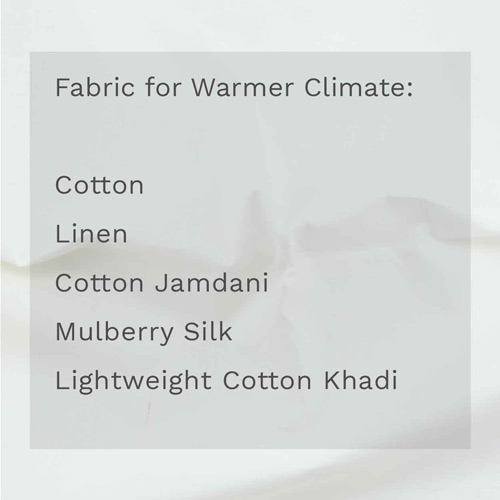
Fabric for Cooler Climate

On the other hand, wild silk is more suited for cooler weather. However, both types of Silk along with sustainable silk fabric like Matka and Ketya are appropriate as special occasion or premium garments. Blended fabrics like khadi cotton, khadi cotton silk fabric or any cotton blend fabric for dresses and clothing offer the best of both.
GRAIN OR GRAINLINE OF THE FABRIC
Grain refers to the direction of the yarns woven together to form the fabric. The warp yarns are the lengthwise grain while warp yarns represent the crosswise grain of the fabric. The patterns pieces cut are aligned parallel to lengthwise grain as that give the garment the maximum stability. It is crucial to ensure the grainline of the fabric is straight & perfect while choosing fabric for stitching. An improper grainline will not cut or sew well resulting in an overall poorly constructed garment.
DRAPE OF THE FABRIC:
The drape of the fabric refers to its "flow" or "fall". A fabric may be stiff and therefore better suited for fitted structured garments while fabrics that drape well are appropriate for flowy dresses and skirts. Understanding the drape of the fabric and keeping that in mind while choosing your fabric will help achieve the desired silhouette.
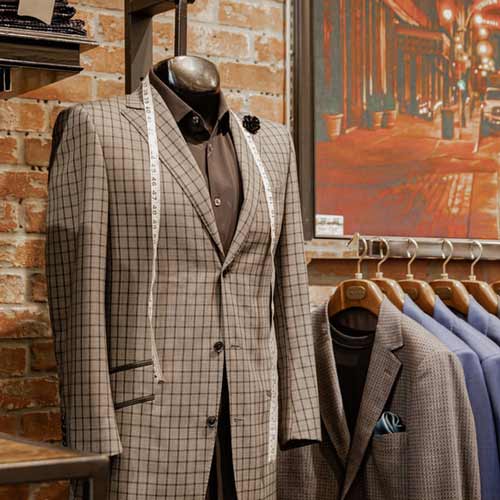
WEIGHT OF THE FABRIC
The weight of a fabric is measured in GSM (grams per square meter) and it defines how heavy or light fabric is. The higher the gsm for fabric, the higher is the weight for a fixed amount of the fabric. Measuring the fabric weight is a way of measuring the thickness of the material, and differentiating between light-weight, medium-weight, or heavy-weight fabric. It is very important to consider the right weight of fabric once the material has been decided.
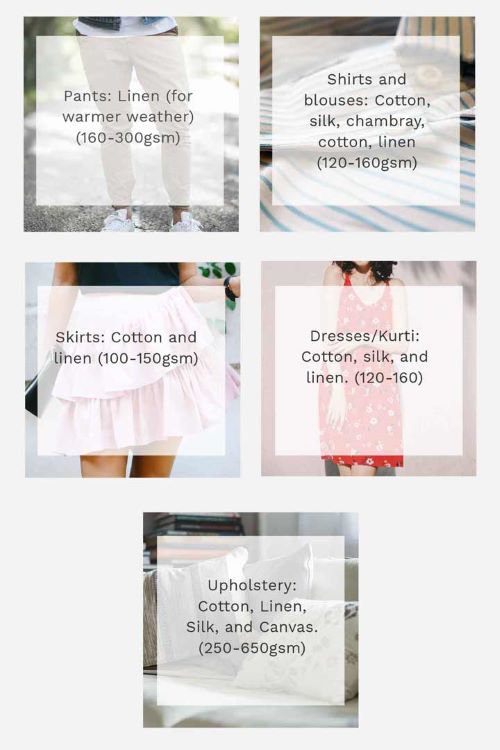
Explore More
These are some of the heaviest fabrics and tend to fall on the more casual side. They tend to hold in heat well and are very durable. Heavy handloom cotton fabric or heavy handloom khadi fabric is perfect for items that you want to have more shape, but it’s still really easy to sew. When choosing your heavy cotton, know that it is usually quite stiff and make sure this has been accounted for in the project you choose.
• Pants: Linen (for warmer weather) (160-300gsm), find here.
• Shirts and blouses: Cotton, silk, chambray, sustainable cotton fabric, linen (120-180gsm), find here.
• Skirts: Cotton and linen (100-150gsm), find here.
• Dresses/Kurti: Cotton, silk, or blended silk cotton fabric and linen. (80-160), find here.
• Upholstery: Cotton, Linen, Silk, and Canvas. (250-650gsm), find here.
These fabrics are light. They tend to be good for year-round wear, and may wrinkle a bit. These fabrics drape well and are great for business wear. Light cotton with a close weave is a great place to begin, as it’s usually easy to sew and often has a light fall.
This category includes year-round fabrics, including many more casual weaves. They tend to hold up against wrinkling fairly well on their own. They do not have any issue with opacity in these fabrics, although whites will still show through somewhat.
related questions
What determines the quality of clothing?
arrow_drop_downThe quality of clothing is determined by factors such as the choice of materials, construction techniques, attention to detail, durability, comfort, and overall craftsmanship.
How do you choose the right fabric for clothing?
arrow_drop_downTo choose the right fabric for clothing, consider factors such as the garment's purpose, desired comfort level, seasonality, care requirements, and personal preferences for texture, drape, and appearance.
How do I choose the right fabric pattern?
arrow_drop_downTo choose the right fabric pattern, consider factors such as the garment's style and purpose, personal taste, body type, and the occasion. Opt for patterns that complement your overall look and make you feel confident.
What is GSM in fabric means?
arrow_drop_downGSM stands for grams per square meter and refers to the weight of a fabric per unit area. It is commonly used to measure the density or thickness of fabrics, with higher GSM indicating heavier fabrics.
More Blogs
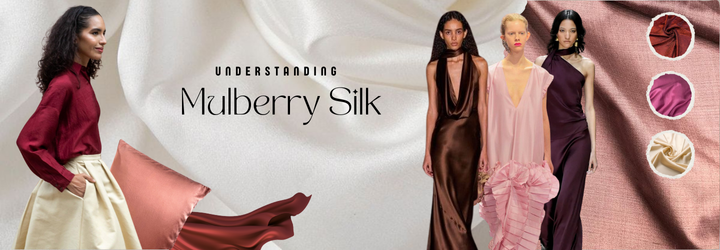
understanding mulberry silk quality: what designers often miss and why it matters
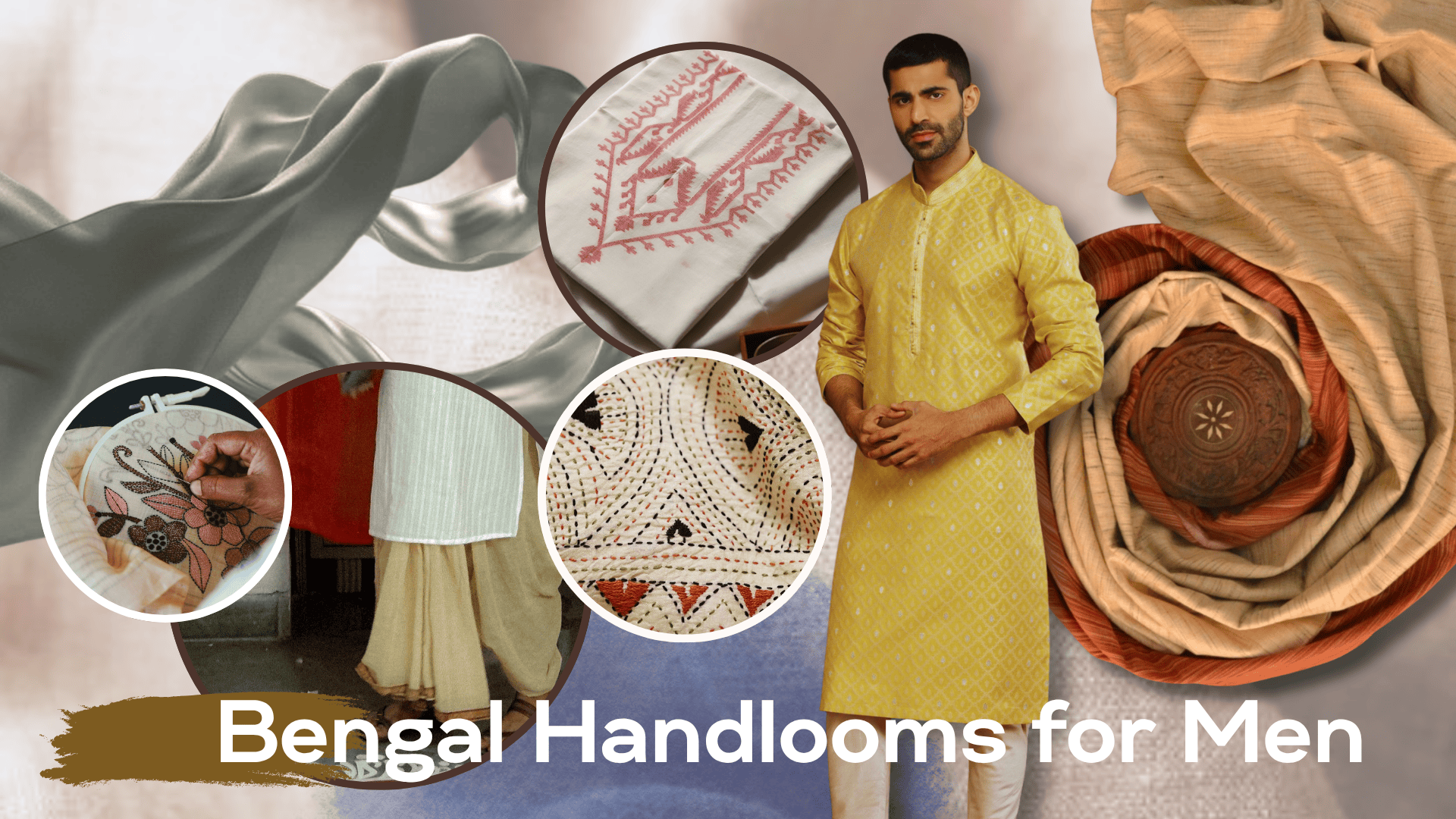
bengal looms for men: beyond the kurta
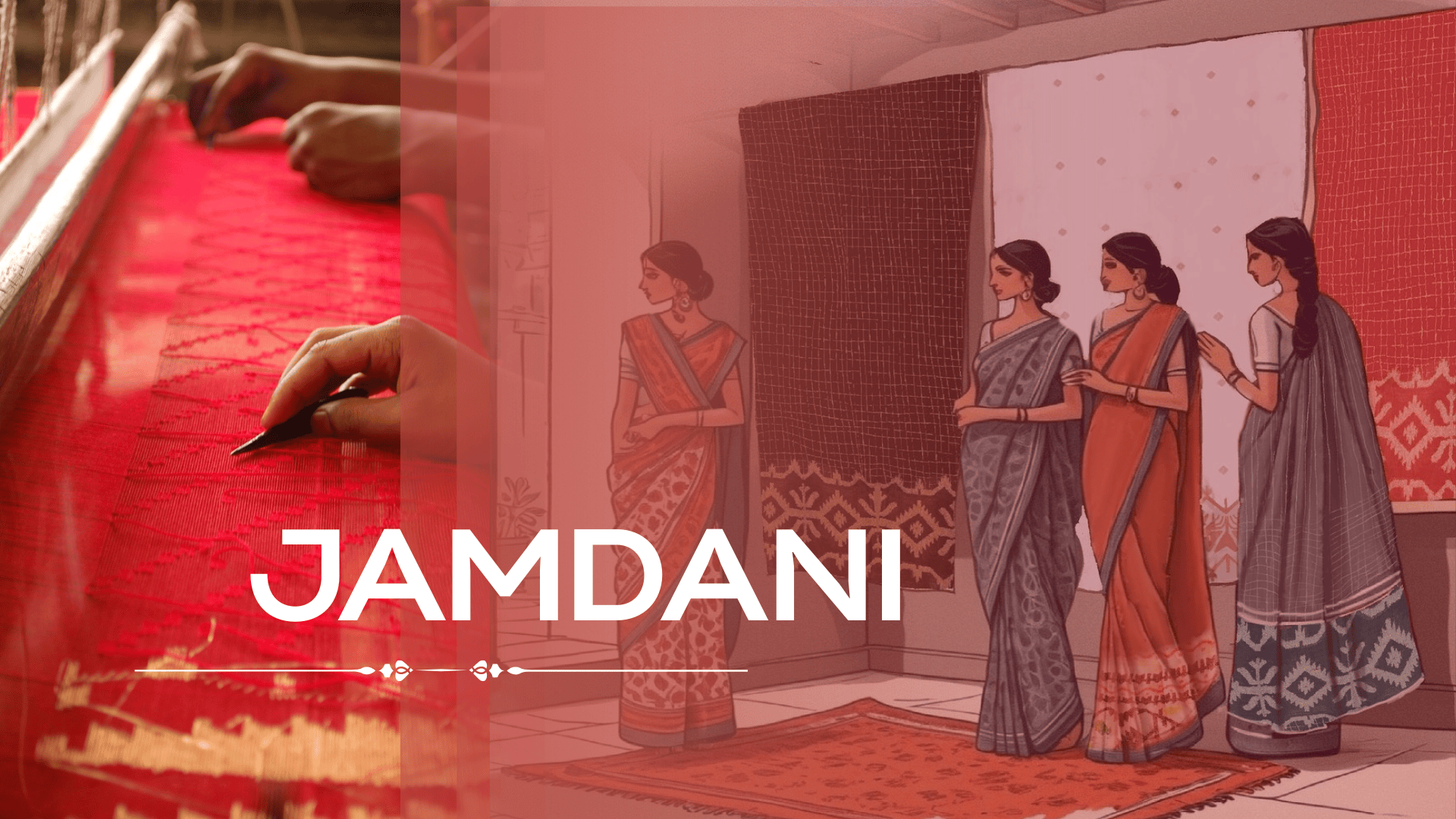
jamdani magic: why this weave is unesco-recognized as cultural heritage
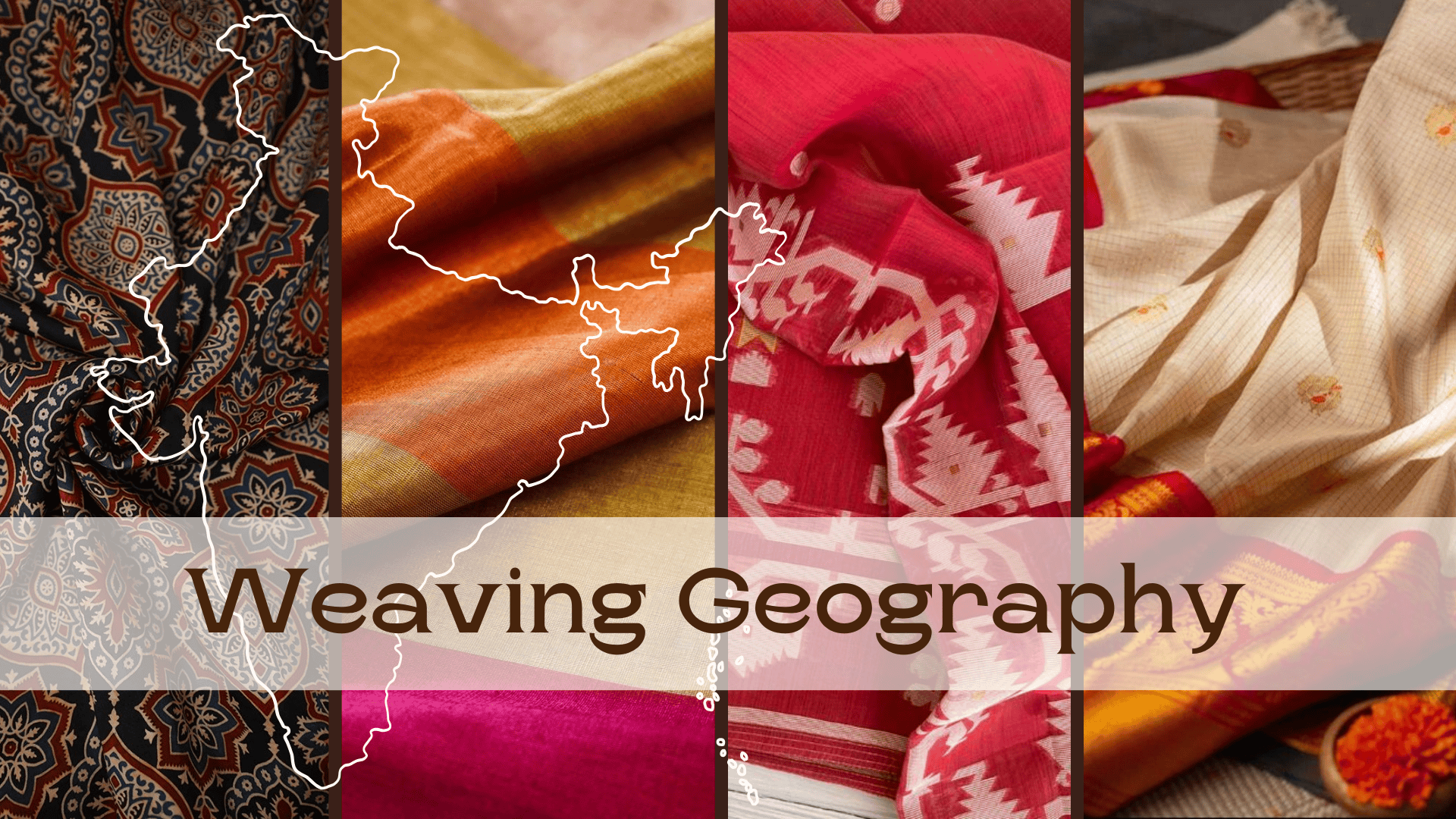
weaving geography: which district is known for which handloom fabrics
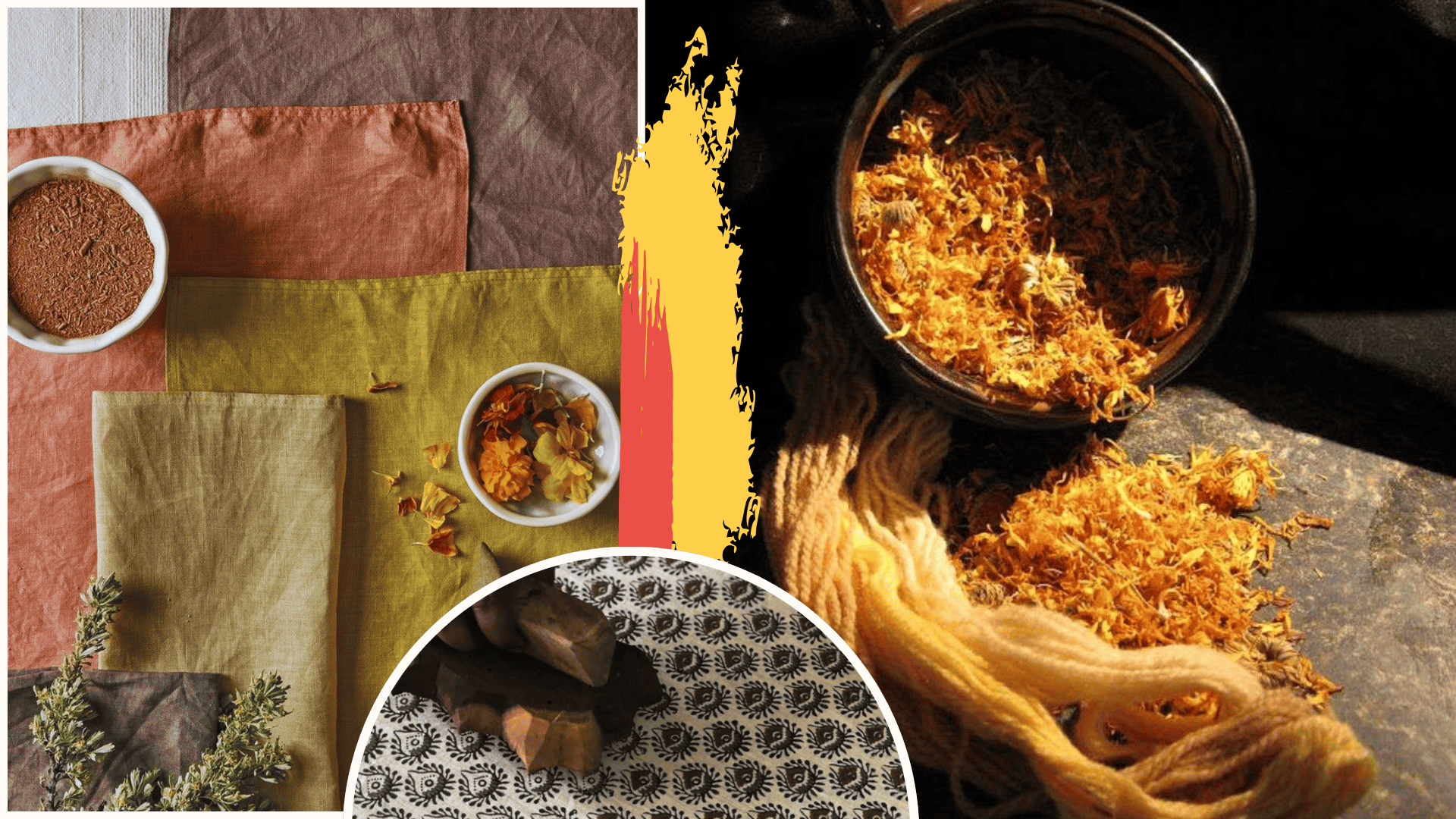
the ultimate guide to naturally dyed and block printing textiles
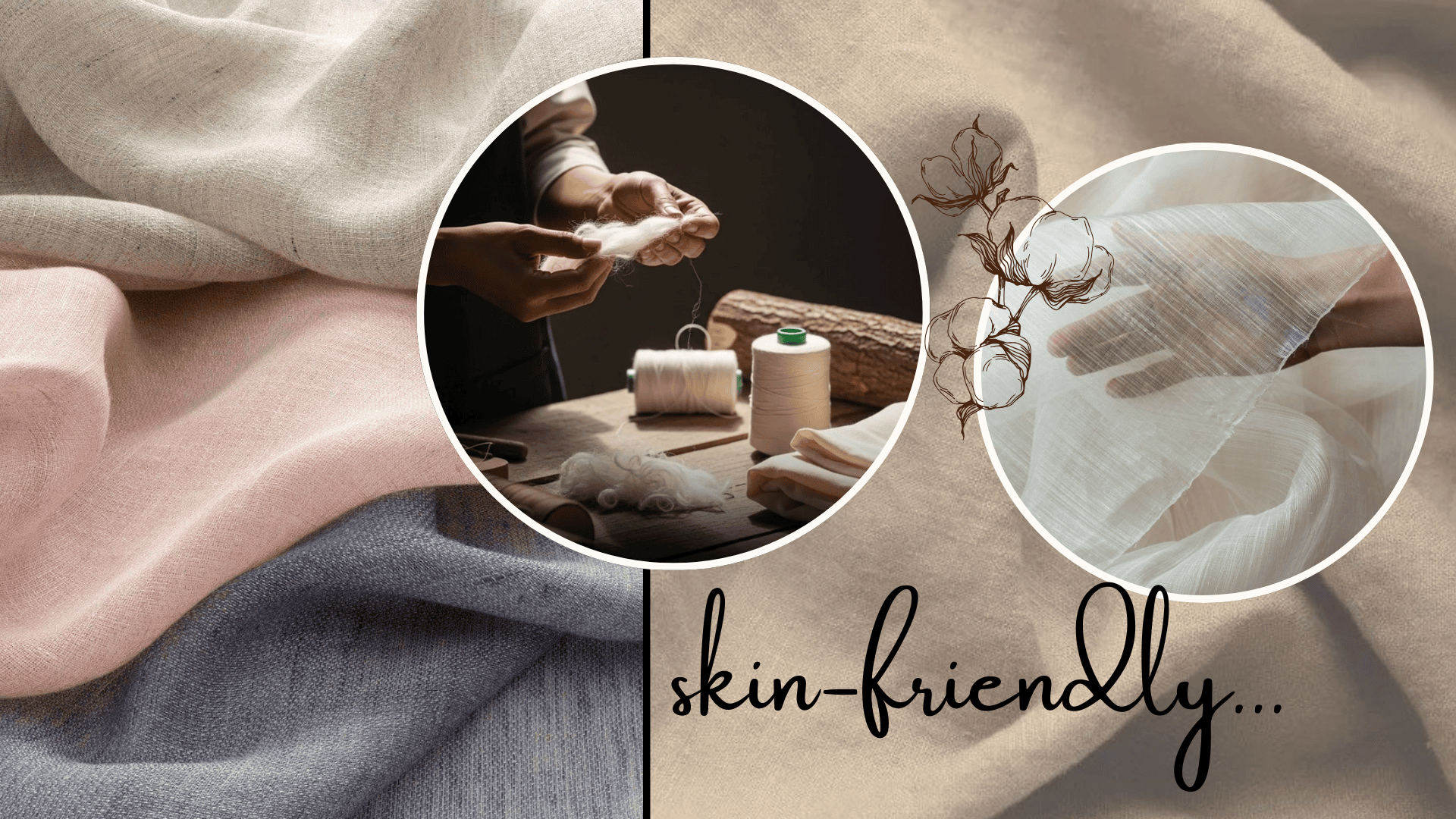
why skin-friendly textiles are the next luxury in fashion






